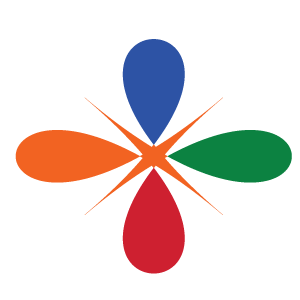The ggplot2 package doesn’t provide a function to arrange multiple plots in a single figure (Wickham 2016). Still, some packages allow combining multiple plots into a single figure with custom layouts, width, and height, such as cowplot (Wilke 2018), gridExtra, and patchwork (Pedersen 2020).
In this post we are going to use several packages, let’us load them in our session
require(tidyverse) require(patchwork) require(cowplot) Sample datasets
# tuna = tibble( # tl = runif(n = 120, min = 30, max = 120), # seasons = rep(c("Northeast", "Southeast", "Inter"), each = 40) # ) tuna = tibble( tl = c(rnorm(n = 40, mean = 80, sd = 30), rnorm(n = 40, mean = 61,10), rnorm(n = 40, mean = 96, 25)), seasons = rep(c("Northeast", "Southeast", "Inter"), each = 40) ) ridges = tuna %>% ggplot() + ggridges::geom_density_ridges(aes(x = tl, y = seasons, fill = seasons), position = "identity", alpha = .
A chord diagram is a graphical representation of the data in a matrix’s interrelationships. The data is arranged in a radial pattern around a circle, with the relationships between the data points commonly depicted as arcs linking the dots (Wikipedia). Each entity is represented by a fragment on the outer part of the circular layout. Then, arcs are drawn between each entities. The size of the arc is proportional to the importance of the flow.
We are living in an era where technological advances are common. According to AgingInPlace (2022), over the years, technology has revolutionized our world and daily lives. Technology plays an important role in society today. Technology’s advancements has given us brand new devices in recent decades, like smartwatches, tablets, and voice assistant devices. These devices have provided quicker ways to communicate through instant messaging apps and social media platforms. It has also made possible to do things like transfer money instantly and make purchases for everything from clothes, food delivery, groceries, furniture, and more.
